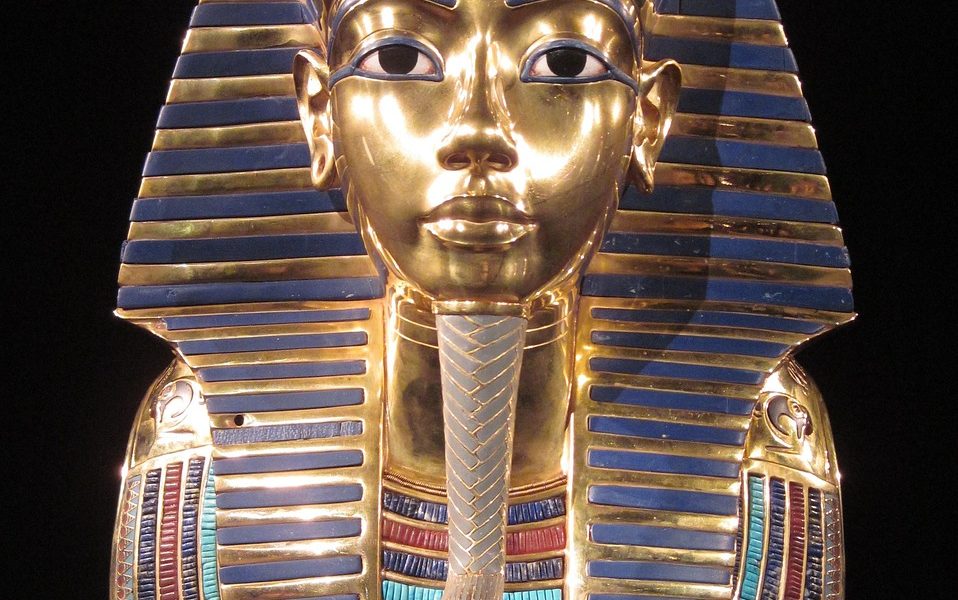king Tutankhamun
Unlocking the Mysteries of King Tutankhamun: The Boy Pharaoh of Egypt
The story of King Tutankhamun, often affectionately known as King Tut, is one of the most captivating and mysterious tales of ancient Egypt. His life, death, and the treasures found in his tomb have intrigued historians, archaeologists, and the public for generations. In this blog post, we’ll delve into the life and legacy of this young pharaoh, shedding light on the enigma that is King Tutankhamun.
Who Was King Tutankhamun?
Tutankhamun was an Egyptian pharaoh who reigned during the 18th dynasty around 1332–1323 BC, during the New Kingdom period. What sets King Tut apart is his youth – he ascended the throne at just nine or ten years old. His reign was relatively short, and he died at the tender age of 18 or 19, making him one of the youngest pharaohs to rule ancient Egypt.
king tutankhamun mummy
In the annals of ancient history, few figures command as much intrigue and fascination as King Tutankhamun, the boy king who ruled Egypt over 3,000 years ago. While his reign was short-lived, his legacy endures, largely due to the discovery of his remarkably well-preserved mummy in 1922 by the renowned archaeologist Howard Carter. In this exploration, we embark on a journey to unravel the mysteries surrounding King Tutankhamun’s mummy and delve into the profound insights it offers into the ancient civilization of Egypt.
The Discovery of Tutankhamun’s Tomb: The story of King Tutankhamun begins with the remarkable discovery of his tomb in the Valley of the Kings, near Luxor, Egypt. In November 1922, Howard Carter and his team unearthed the entrance to the tomb, which had remained undisturbed for over 3,000 years. Upon entering the tomb’s inner chambers, Carter was astounded to find a vast array of treasures and artifacts, including the iconic golden death mask that adorned Tutankhamun’s mummy.
The Restoration of Tradition:
One of King Tutankhamun’s significant actions during his reign was the restoration of traditional religious practices. His predecessor, Akhenaten, had introduced a revolutionary shift towards the worship of a single god, Aten, which disrupted centuries-old polytheistic traditions. King Tut reversed this change and returned Egypt to its conventional pantheon of deities, with Amun as a primary focus of worship.
Tutankhamun, often referred to as King Tut, was an Egyptian pharaoh who reigned during the 18th dynasty (ruled c. 1332–1323 BC), one of the most well-known and significant dynasties in ancient Egypt’s history. King Tut is famous for several reasons:
Early Life and Ascension:
- Tutankhamun was born as Tutankhaten and later changed his name to Tutankhamun to reflect his return to the traditional religious practices of ancient Egypt. He became pharaoh at a very young age, around nine or ten years old, following the death of his father, Akhenaten.
Reign and Restoration:
- King Tut’s reign lasted from approximately 1332 to 1323 BC. As a young pharaoh, he relied heavily on his advisors and regents, including the powerful figure Ay, who would later become pharaoh after Tutankhamun’s death.
- King Tut is credited with restoring the traditional religious practices, including the veneration of the god Amun, after the religious upheaval initiated by his predecessor, Akhenaten.
Death and Burial:
- King Tutankhamun’s death remains the subject of much speculation. He died at a young age, around 18 or 19, and there is evidence that he suffered from various health issues. Some theories suggest he may have died from an infection or a traumatic injury.
- His burial in the Valley of the Kings was relatively hurried, possibly due to his sudden and unexpected death. This haste may explain the tomb’s remarkable preservation since it was not targeted by tomb robbers.
The Discovery of the Tomb:
- The discovery of King Tutankhamun’s tomb in the Valley of the Kings by British archaeologist Howard Carter in 1922 was a momentous event in the field of archaeology. The tomb was nearly intact, containing a vast treasure of artifacts, jewelry, funerary objects, and the king’s mummified remains.
- Among the most famous artifacts from the tomb is the solid gold burial mask that adorned the mummy, as well as a throne, chariots, and an array of exquisite jewelry and personal items.
Significance and Legacy:
- King Tutankhamun’s tomb and its contents provide invaluable insights into the art, culture, and daily life of ancient Egypt during the New Kingdom period.
- The discovery of the tomb and the subsequent research and exhibitions have generated significant public interest and contributed to the study of ancient Egyptian history.
The Curse of the Pharaohs:
- The legend of the “Curse of the Pharaohs” is associated with King Tut’s tomb. It was believed that those who entered the tomb or were involved in its excavation would face misfortune or death. While this is largely considered a myth, it attracted media attention and added to the intrigue surrounding King Tut’s tomb.
Read More




